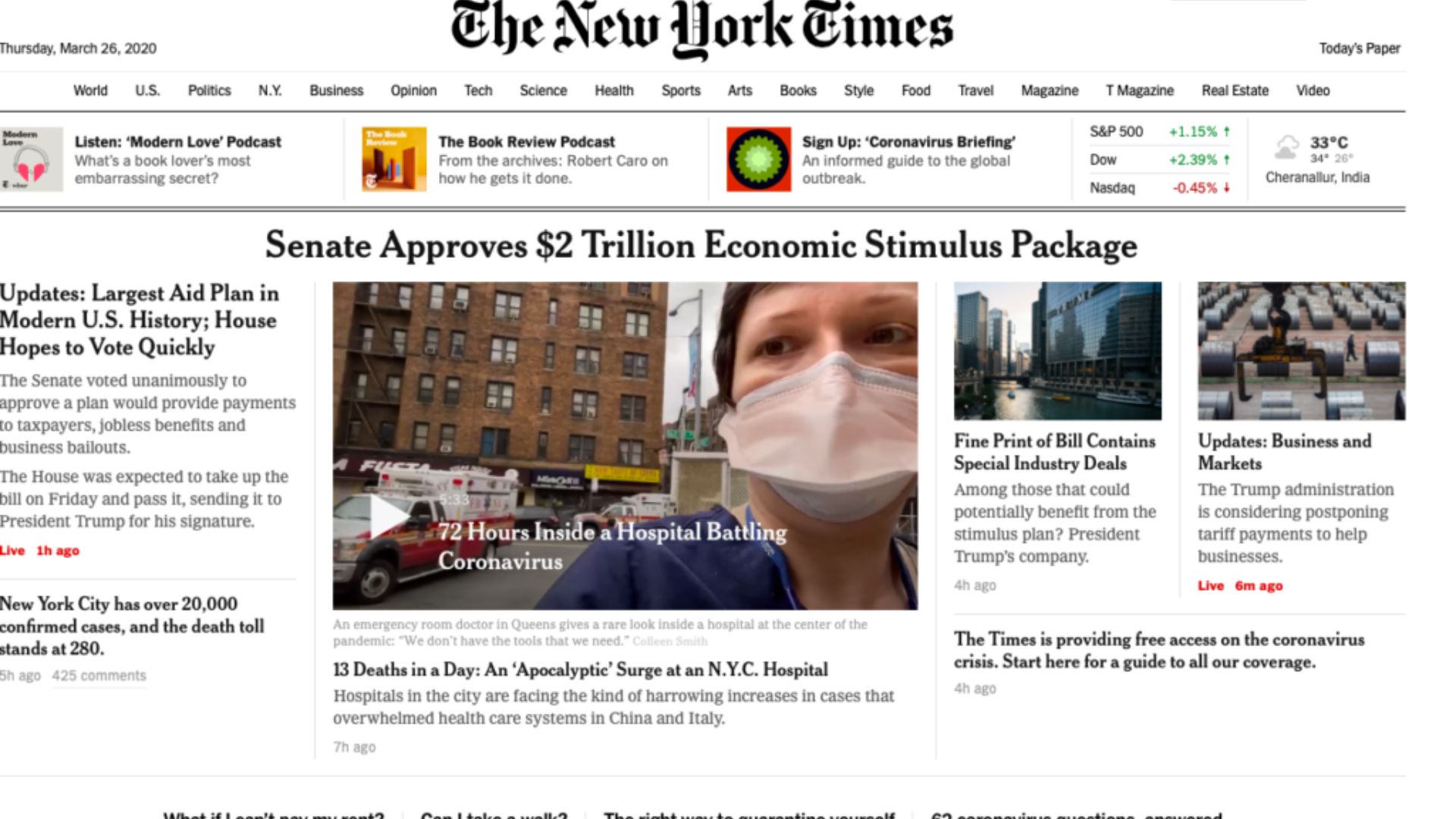Typography plays a significant role in web design and user experience. It encompasses the selection, arrangement, and presentation of fonts, sizes, spacing, and styles on a website. Here are some key impacts of typography on web design and user experience:
- Readability and Legibility: The primary goal of typography is to ensure that the text on a website is legible and easy to read. Proper font selection, size, line spacing, and contrast between text and background contribute to improved readability. When users can easily read and understand the content, they are more likely to engage with the website and stay longer.
- Visual Hierarchy: Typography helps establish a visual hierarchy and guide users through the content. Different font sizes, weights, and styles can be used to differentiate headings, subheadings, body text, and other important elements. Clear visual hierarchy allows users to scan and comprehend the content more efficiently, ensuring a smooth user experience.
- Branding and Visual Identity: Typography plays a crucial role in shaping a brand’s visual identity and conveying its personality. Consistent use of specific fonts, styles, and colors throughout a website helps establish a cohesive and recognizable brand image. Well-chosen typography can evoke specific emotions, represent a brand’s values, and create a strong visual connection with users.
- User Engagement and Emphasis: Typography can be used to emphasize key messages or important information on a website. Bold, italic, or different-colored text can draw attention to specific elements or calls-to-action, increasing user engagement and guiding them towards desired actions. Well-designed typographic elements create a visual impact, capturing users’ attention and encouraging them to explore further.
- Mobile Responsiveness: With the rising use of mobile devices for browsing the web, typography plays a key role in ensuring a seamless experience across different screen sizes. Responsive typography adapts to smaller screens by adjusting font sizes and line spacing, maintaining readability and legibility on mobile devices.
- Accessibility and Inclusivity: Choosing typography that meets accessibility standards is crucial for inclusivity. Proper color contrast, font choices, and size considerations ensure that users with visual impairments or reading difficulties can access and understand the content. Following accessibility guidelines and using web-safe fonts contribute to a more inclusive and user-friendly experience.
- Aesthetics and Visual Appeal: Typography significantly impacts the overall visual aesthetics of a website. A well-executed typography system with carefully selected fonts, effective combinations, and appropriate spacing creates a visually pleasing and harmonious design. When typography aligns with the overall style and theme, it enhances the overall visual appeal and professionalism of the website.
In summary, typography plays a vital role in web design and user experience. It influences readability, visual hierarchy, brand identity, user engagement, mobile responsiveness, accessibility, and aesthetics. By carefully selecting and implementing typography, designers can create visually appealing, user-friendly websites that effectively convey information, engage users, and reinforce a brand’s identity.










